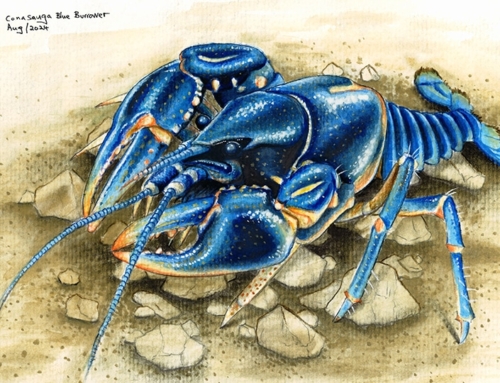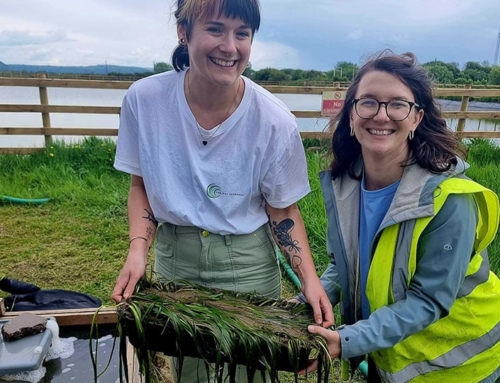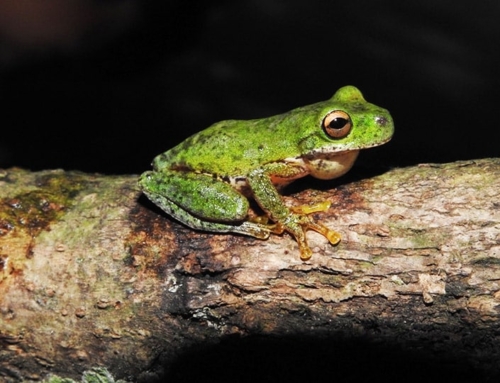As our partner Shoal announce an exciting quest to find the world’s ten ‘most wanted’ lost species of freshwater fish, Nina Seale explores the importance of finding lost species and advancing conservation knowledge to address the biodiversity crisis.
Humongous ‘fossil fish’ resurfaced after at least a century in West Indian Ocean. Giant tortoise ‘extinct for 100 years’ rediscovered in the Galapagos Islands. ‘Living fossil’ rediscovered in Pacific Ocean after 273 million years. Orange-eyed owl reappears after 125 years in Borneo. Scientists rediscover rare, wild species of coffee thought to have been lost over 60 years ago in Sierra Leone. ‘Golden wonder’ salamander sighted in Guatemala after a 40-year disappearance. Seven of the ‘25 Most Wanted Lost Species’ have been found since the search began in 2017.
These headlines are some of the most heartening stories to read for those of us passionate about wildlife and concerned about the biodiversity crisis. Every time a lost species reappears, we are filled with hope about their future and excitement about what we might learn about an elusive species from its rediscovery.
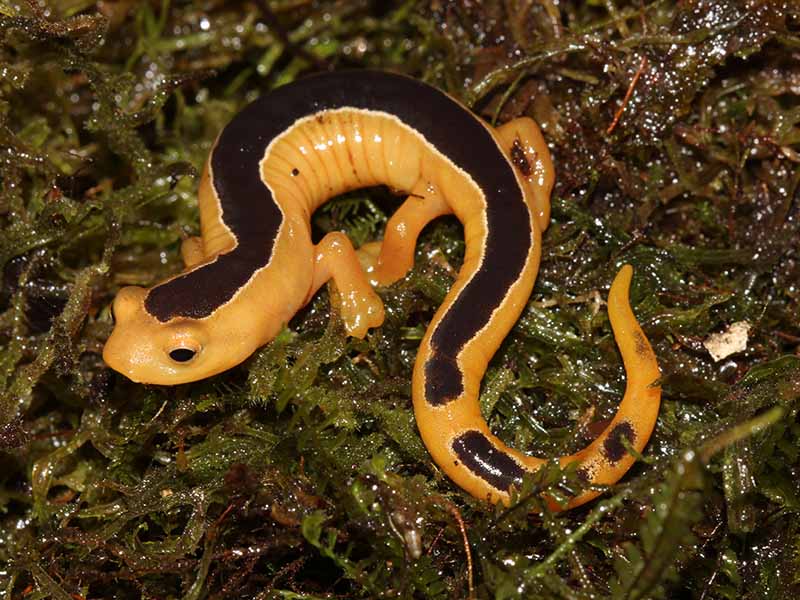
Bolitoglossa jacksoni, the lost ‘Golden Wonder’ salamander was rediscovered in Yal Unin Yul Witz Reserve in 2017. Image: Carlos Vasquez Almazan
When Re:wild (formerly Global Wildlife Conservation) first launched their search for lost species, they compiled a list of 2,100 species of plants and animals which were missing to science. Combine this figure with the projected millions of species which have never even been discovered by scientists; a 2011 study estimated that
“In spite of 250 years of taxonomic classification and over 1.2 million species already catalogued in a central database, our results suggest that some 86% of existing species on Earth and 91% of species in the ocean still await description.”
It is truly humbling to consider how little we know about life on our planet, and yet how much damage we have already caused to our natural environment and the species we share it with.
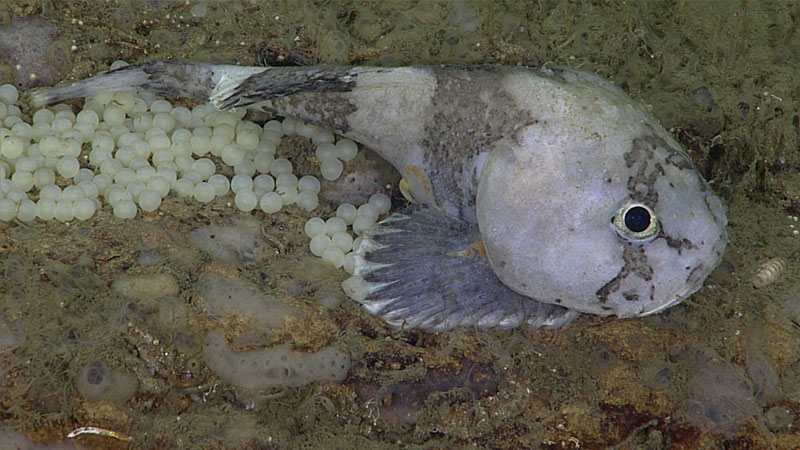
A sculpin with eggs resting on the seafloor. Image: NOAA Office of Ocean Exploration and Research, Windows to the Deep 2019
Knowledge: conservation’s top priority
So how can we possibly hope to conserve biodiversity and mitigate our impact on species and ecosystems if we haven’t even begun to understand them?
This is why funding research on the threats to biodiversity, the conservation status of species, and which areas should be the highest priority for protection is such an important pillar of our work at Synchronicity Earth. Conservationists struggle to find funding for this research because biodiversity declines are occurring so rapidly in some places, any funding earmarked for conservation is often channelled into on-the-ground projects first. This can create a loop of less strategic conservation, and less effective if the region has not been studied, if time is not taken to do the necessary research.
However, as well as strengthening conservation strategy and effectiveness, good research can then be used to attract further funding and leverage more action. Especially when the research leads to inspiring stories of rediscovered species.

During the research for the initial Top 10 Most Wanted species, a 2020 recording of one of the species on iNaturalist forced Shoal to reconsider one particular species. Turns out the Dumbéa River pipefish wasn’t a ‘lost fish’ after all… Image © Damien Brouste
The ten “most wanted” fishes
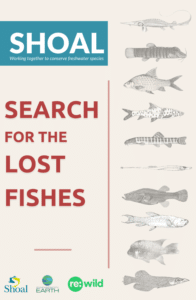
Read Shoal’s report: Search for the lost fishes.
Inspired by the Re:wild search for lost species, which launched a list of 25 ‘most wanted’ species as flagships for conservation around the world, of which seven have now been rediscovered, our partner Shoal have today launched their search for lost fishes.
Freshwater species have been called the ‘Cinderella issue’ of conservation. Despite far outstripping the pace of decline in marine or terrestrial habitats, on the rare occasion when the biodiversity crisis attracts attention in the mainstream media, the plight of freshwater species and ecosystems is often overlooked. Within even a focus on freshwater, fish are usually forgotten in favour of charismatic species like otters or beavers. Fish are as far from ‘cute and cuddly’ as vertebrates can get and, due to their invisible habitats underwater, the only time we see them is on a plate.
But Shoal are trying to change this. Their new campaign to find the top 10 ‘most wanted’ fishes in the world celebrates the remarkable traits of each of these elusive species and tells their fascinating and wonderful stories.
For example, the quest to find the Haditha cavefish could become an Indiana-Jones-worthy adventure! It has only ever been spotted in an underground cave in a sinkhole under the Sheik Hadid shrine in Iraq, which can only be reached by tunnelling under a nearby quarry.
Another extraordinary fish on Shoal’s list is the delightfully (and aptly) named fat catfish, which slightly resembles the Michelin Man made of tyres due to the rings of fatty tissue down its body. It’s so greasy that it’s sometimes referred to as the ‘greasefish’.
Shoal’s partners will head out on research expeditions to some of the planet’s most far-flung freshwaters, from former war zones to the world’s highest lake, to find species that haven’t been seen in over a decade. Once a species is rediscovered, Shoal will launch a conservation project to ensure populations are protected and given full opportunity to recover.

